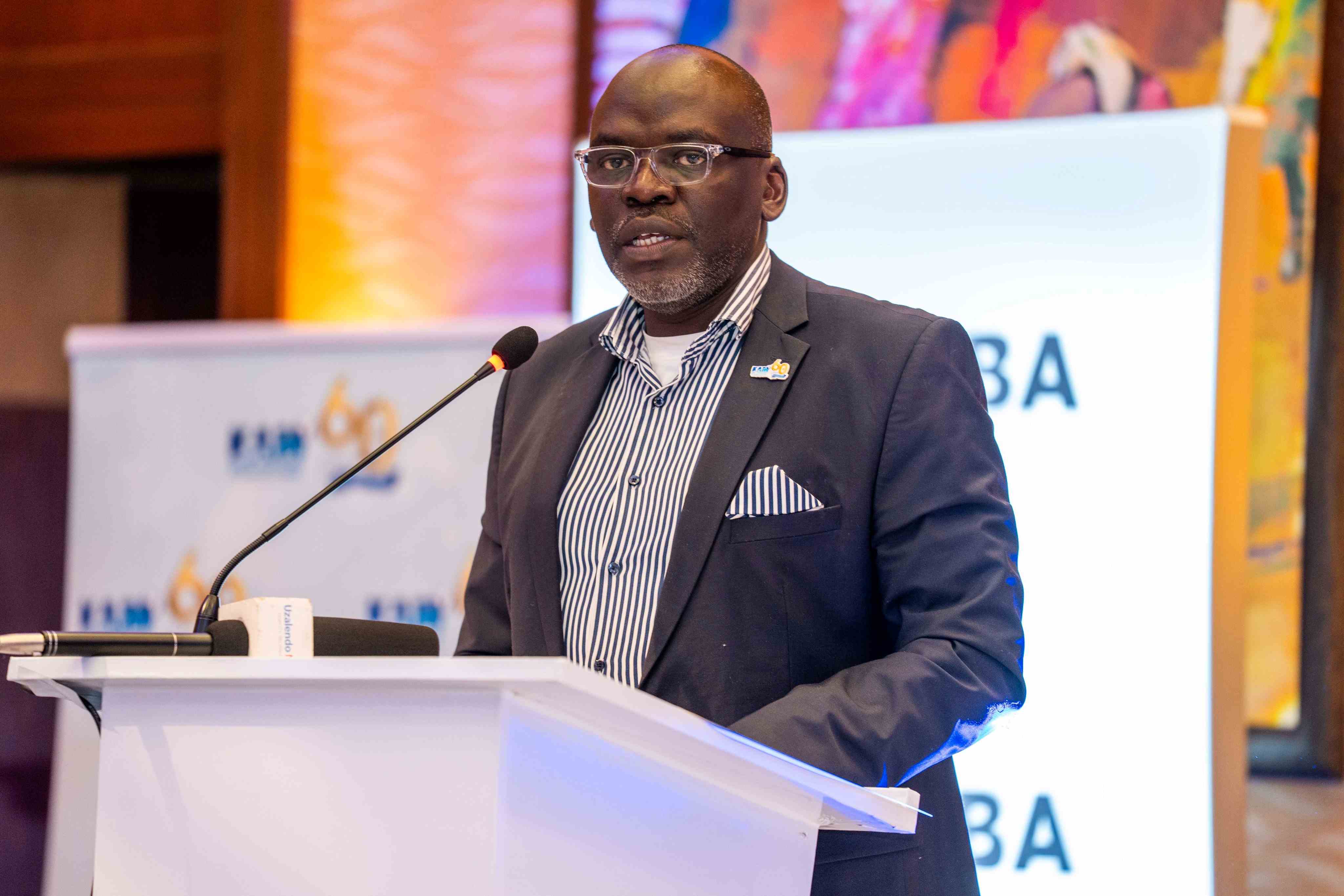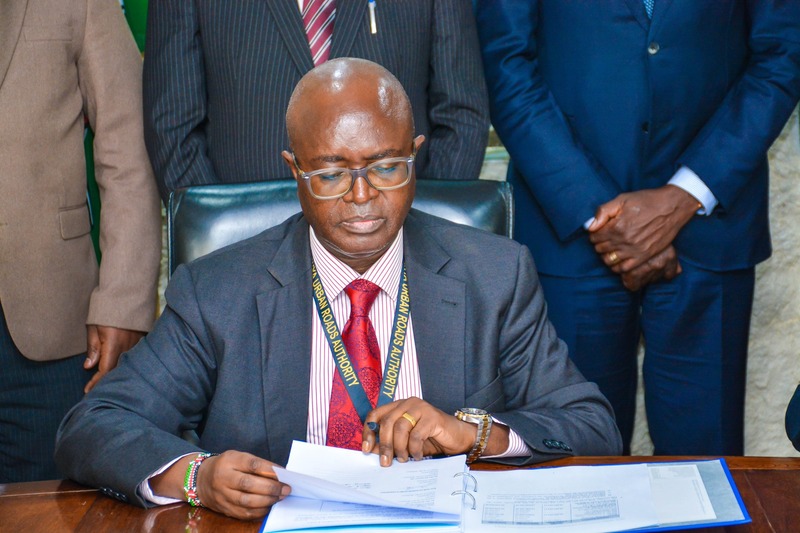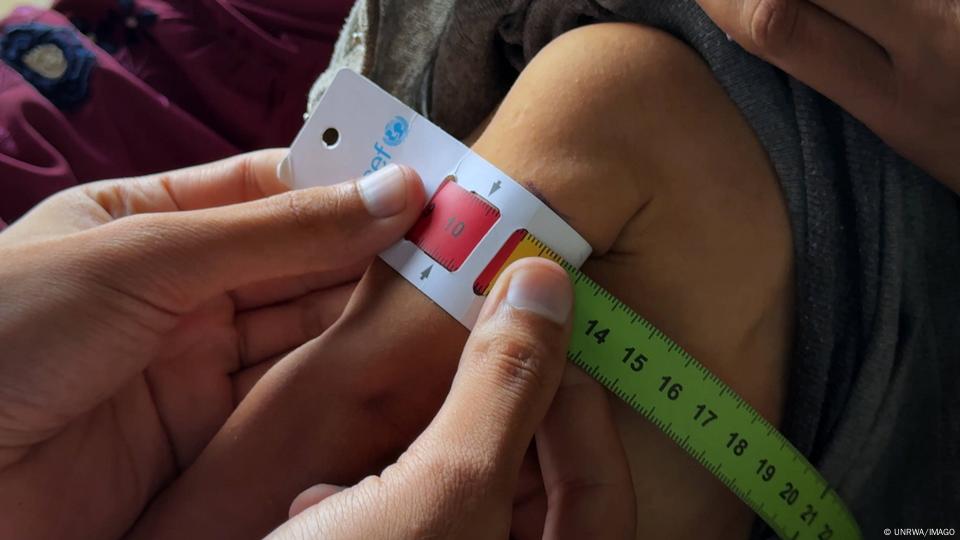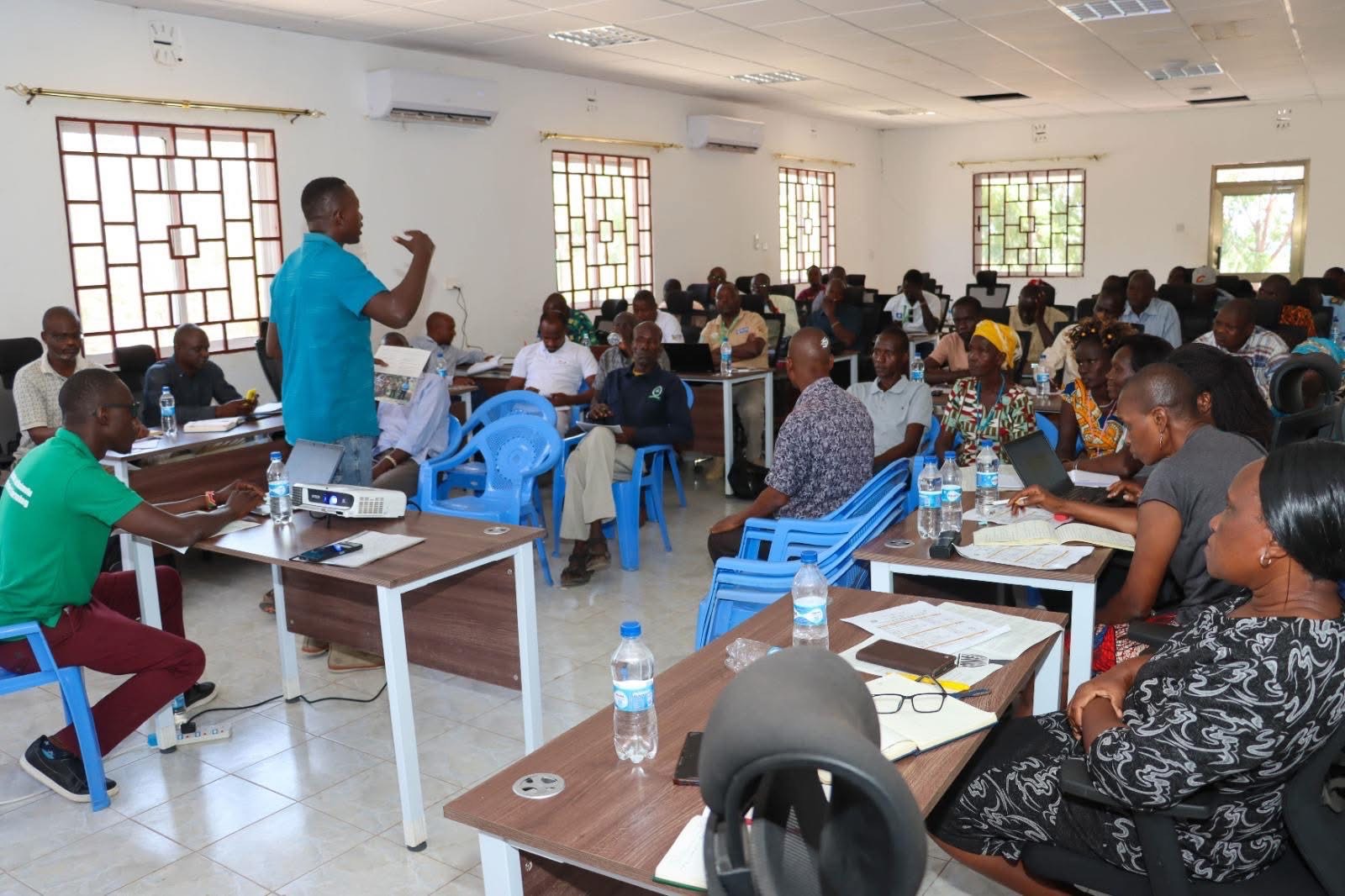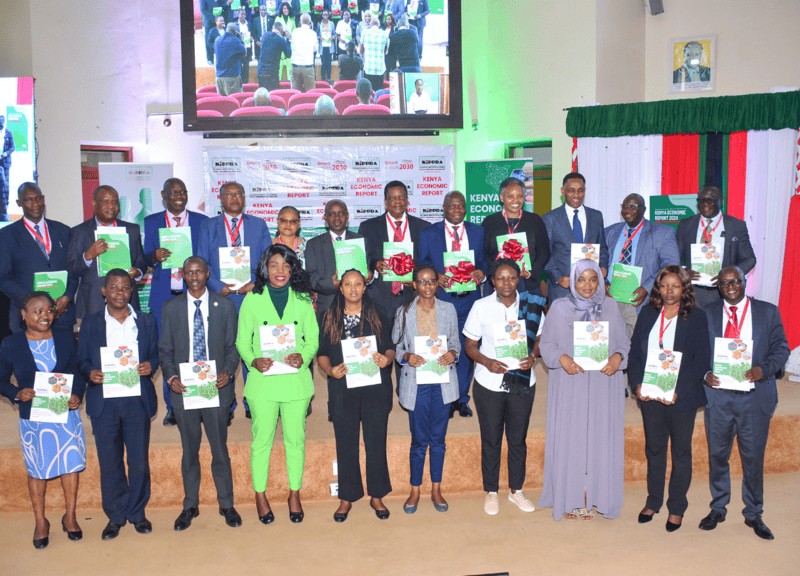10 years ago Kenya set out to fix gender gaps in education – What’s working and what still needs to be done
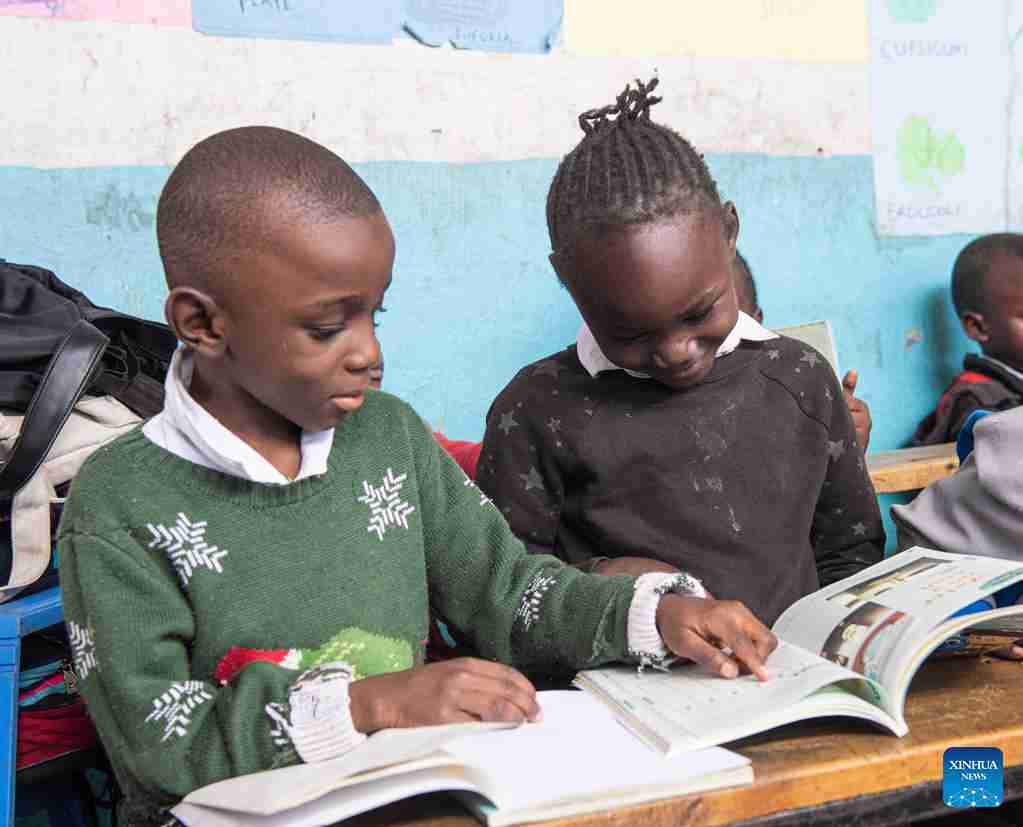
Our study found that Kenya needs to review its teacher education curriculum to make it more gender responsive. Teachers also need more training to follow practices that are gender responsive. These practices include extending positive reinforcement to girls and boys, maintaining eye contact and allowing learners to speak without interruption.
Benta A. Abuya, African Population and Health Research Centre
More To Read
- MPs propose special seats to meet Kenya’s two-thirds gender rule quota
- Kenya’s first Maendeleo ya Wanawake chairperson Phoebe Asiyo dies at 93
- Kenya must raise Sh1.6 trillion by 2030 to achieve SDGs, African Development Bank report reveals
- Kenya backslides on gender equality push, parity score down 3 per cent in 2025
- How climate change fuels rise in gender-based violence in Garissa
- Kenya strides towards gender parity with notable gains in women's inclusion
The Kenyan government launched a big attempt in 2015 to promote gender equality in and through the education sector. This was guided by principles of equal participation and inclusion of women and men, and girls and boys in national development.
The Education and Training Sector Gender Policy is aligned with national, regional and global commitments. This included the constitution, and Sustainable Development Goals 4 on quality education and 5 on gender equality.
Years later, however, it became clear that the government wasn’t achieving some policy’s objectives. Gaps remained in reducing gender inequalities in access, participation and achievement at all levels of education.
The government decided to review the causes of these challenges and what could be done differently.
This led to a two-year joint study in partnership with the African Population and Health Research Center. The study began in 2022. Its overall objective was to provide evidence for action on mainstreaming gender issues in basic education in Kenya. Gender mainstreaming generally refers to being sensitive to gender when developing policies and curricula, governing schools, teaching and using learning materials.
The study specifically aimed to:
- Examine how the teacher-training curriculum prepares teachers to implement gender mainstreaming strategies within the basic education sector
- Examine how gender mainstreaming is practised in classrooms during teaching and learning
- Assess the relationship between teaching practices and students’ attendance, choice of subjects and academic performance
- Evaluate the availability of institutional policies, practices and guidelines to mainstream gender issues and the extent to which they influence gender mainstreaming in education.
I’m a gender and education researcher and was part of the team from the African Population and Health Research Center that collected data for the policy review. This data came from 10 counties with high child poverty rates and urban informal settlements. These indicators highlight an inability to access one or more basic needs or services.
The study involved teacher trainers and trainees. We also spoke to education officials, and learners in primary and secondary schools. We carried out classroom observations, knowledge and attitude surveys, questionnaires, key informant interviews and focus group discussions.
The data showed gaps in teacher training, as well as institutional and teaching practices at the basic education level. Policy wasn’t being carried through in practice.
The gaps
Our study found that Kenya needs to review its teacher education curriculum to make it more gender responsive.
Other Topics To Read
- Education
- Sustainable Development Goals
- Gender Equality
- Education and Training Sector Gender Policy
- African Population and Health Research Center
- Quality education
- Child poverty rates
- urban informal settlements
- 10 years ago Kenya set out to fix gender gaps in education – What’s working and what still needs to be done
- Headlines
Teachers also need more training to follow practices that are gender responsive. These practices include extending positive reinforcement to girls and boys, maintaining eye contact and allowing learners to speak without interruption.
Deliberate steps should be taken to ensure that schools and teacher training colleges are gender inclusive in their practices, guidelines and programmes.
More specifically, our study found:
• Teacher trainees had a relatively good understanding of gender-equitable teaching and learning practices. But there was a need to place greater importance on this in lesson planning and in supporting girls in science, technology, engineering and mathematics (STEM).
• Gender mainstreaming is not built into the teacher training curriculum. It isn’t taught as a standalone unit. Teacher trainees learnt about it mainly from general courses, such as child development and psychology, or private training. And teacher trainees were unaware that they were being tested on this.
• There were no significant gender differences in how teachers in pre-primary and primary school taught boys and girls. At the secondary level, however, teachers engaged boys more than girls during literacy and STEM lessons.
• At both primary and secondary levels, gender-equitable practices positively influenced learning outcomes in English and STEM subjects. These practices improved academic performance in English at the primary level. They led to improvements in biology, English, mathematics and physics at the secondary level.
• The odds of school attendance increased if teachers treated boys and girls in equitable ways.
• The odds of boys selecting chemistry and physics at the secondary level increased if the teacher of the subject was approachable and if the subject was considered applicable to future careers.
• More than 40% of primary and secondary schools didn’t have guidelines on sexual harassment and gender-based violence for teachers and students. And most of the schools that said they had these guidelines couldn’t provide them to the research team. These guidelines help mainstream gender issues in schools and communities.
What next
To advance gender equality, Kenya must move beyond policy awareness. It must be more responsive to gender in teacher training, classroom practices and institutional leadership.
Our study recommends:
- Creating a positive and inclusive learning environment where both boys and girls feel valued, capable, and motivated to learn
- Teaching gender mainstreaming as a standalone unit or integrating it into the teaching methodology
- coaching, mentorship and modelling of best practices to trainee teachers
- Financial support for gender mainstreaming in all areas of teacher education
- encouraging girls to pursue STEM subjects and careers at an early age through formal mentorship programmes
- encouraging and empowering women teachers and parents to take up leadership positions in schools to provide role models for students.
Our findings offer a critical evidence base for the education ministry and other stakeholders. They should put accountability mechanisms in place.
The Conversation
***
Benta A. Abuya, Research Scientist, African Population and Health Research Centre
This article is republished from The Conversation under a Creative Commons license. Read the original article.
Top Stories Today
